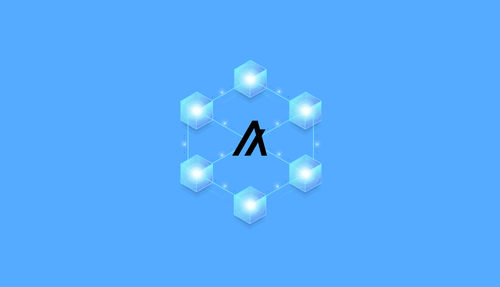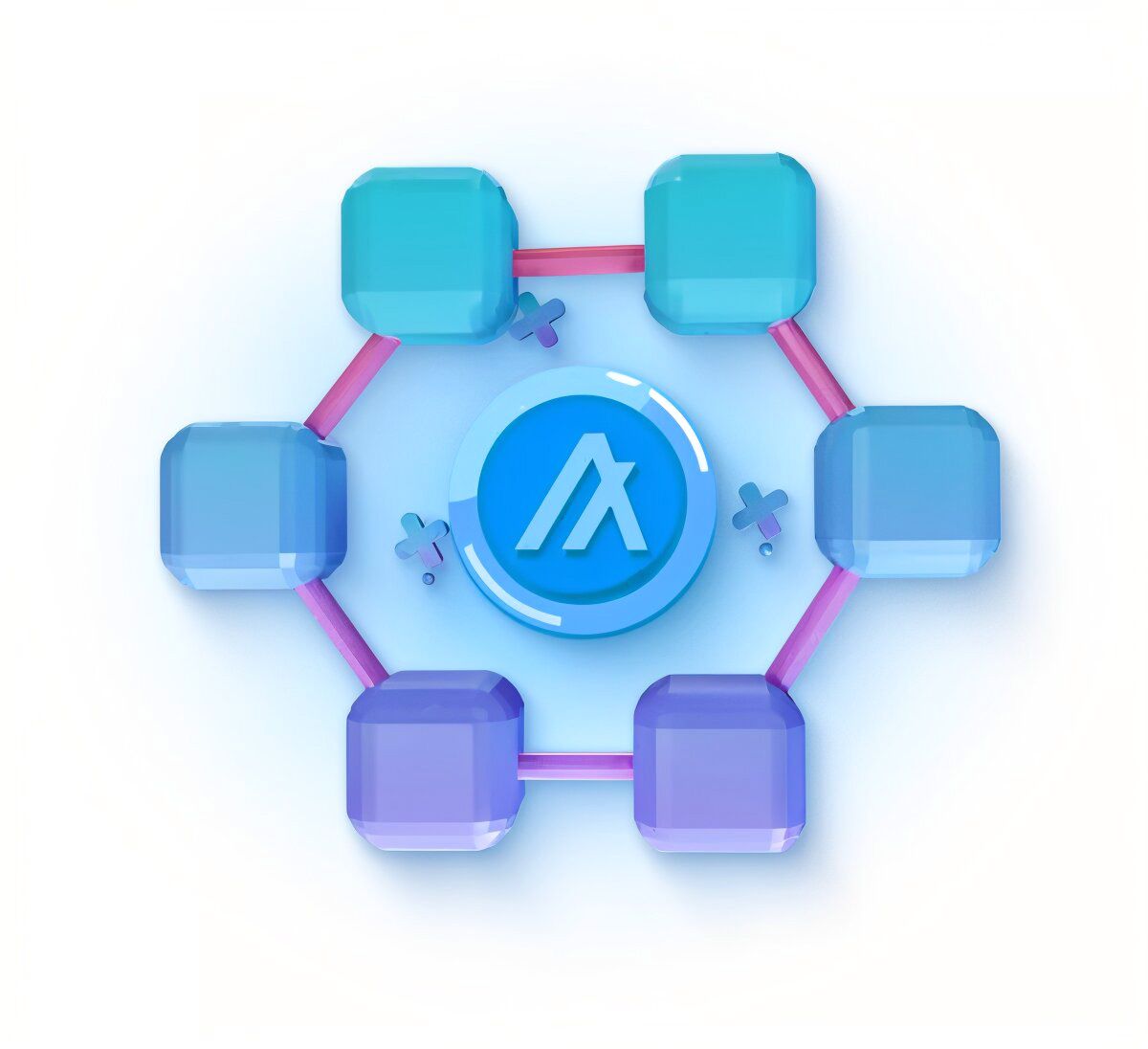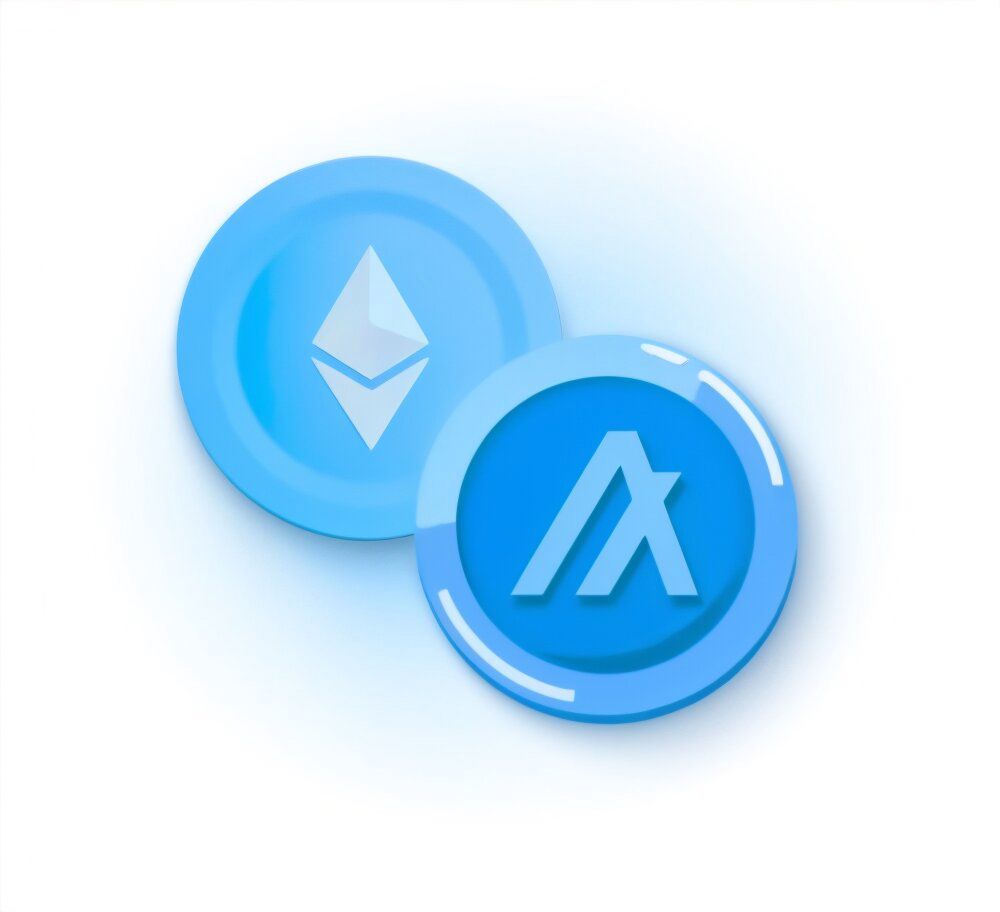Algorand Staking Explained – Earn Passive Income with ALGO Today
For Beginners

Algorand is a common name for a blockchain platform and cryptocurrency. Holders enjoy several advantages. The open-source ecosystem is improved by users. They can supplement the ecosystem with new protocols and commands for gradual scaling.
What is Algorand?
The platform works as a blockchain system. Transactions made by users are processed instantly. The operating principle is similar to that offered by other major payment processors - Visa, and Mastercard.
In addition, the ecosystem competes with cryptocurrency platforms. For example, Ethereum sees a competitor in an alternative digital currency and its creators. ALGO, as one of the varieties of cryptocurrency, is used for transactions, staking and protecting the technology.

History of Algorand
The creation of the platform and cryptocurrency is the result of the work of a professor at the Massachusetts Institute of Technology. Silvio Micali founded his ecosystem in 2017 because he was interested in digital currencies. The volume of tokens is limited to 10 billion, of which 8 billion are already used for transactions, staking and maintaining blockchain security. There are no plans to increase the volume of coins.
How does Algorand work?
The platform is used as a highly efficient ecosystem with scalability. To do this, the developers took care of:
- using special nodes for transactions;
- automatic inclusion of relay nodes for voting and connecting new protocols;
- the inability to change already completed transactions for better protection of the ecosystem;
- maintaining a low-level load due to constant data compression;
- completing transactions using decentralized finance.
Token holders receive quarterly rewards in ALGO coins. Until the blockchain reaches a stable level of profitability, the investment fund receives all fees. When daily usage reaches the required levels, the distribution of profits will be discussed. The managers participate in making this and other important decisions.
Algorand vs. Ethereum
The competition between the platforms is based on the fact that they both offer ample opportunities for developers. The infrastructure meets the requirements due to its adaptability to different types of tasks. However, there are several differences between them:
- Staking requirements. Those ETH holders who have at least 32 tokens in their accounts can get into the transaction validation pool. ALGO selects validators randomly from all users of the ecosystem with cryptocurrency on their balance.
- Transactions. Ethereum works an order of magnitude slower than the alternative Algorand system. In addition, the cost of conducting transactions in ETH is much higher.
- Rewards. Ethereum's approach to the system includes regular profit distribution. In 2024, holders earned 3.3% per annum. Algorand distributed the income among the participants of the validation pool in parts. Over two years, holders of the cryptocurrency received payments.
Different approaches to validation, staking, and the rewards program allow you to choose your preferred source of income.

Algorand Governance and Passive Income in Crypto
One of the standout features of the Algorand ecosystem is its approach to decentralized governance. While many blockchain networks offer governance models, Algorand combines it with an intuitive staking mechanism to provide participants with both influence and reward. For users seeking passive income in crypto, participating in governance has become an attractive route.
Algorand’s governance process occurs quarterly. During each period, ALGO holders who commit their tokens can vote on proposals that directly influence the direction of the network. In return, they receive Algorand staking rewards, which are calculated based on the amount of ALGO committed and the overall participation rate in that governance cycle.
Unlike other networks where staking may require locking funds for extended periods or complex validator setups, Algorand staking is user-friendly. Users need only to register for governance using their wallet, commit their ALGO for the period, and ensure participation in at least one vote. This makes Algorand particularly appealing to those new to blockchain-based income streams or looking for straightforward methods of earning passive income in the crypto market.
Algorand Staking
Staking ALGO is easy. Holders need to register in the system and deposit tokens into their account. Follow the instructions to connect your wallet to the system, make your first transactions using ALGO, and participate in voting for rewards. Fund participants earn profits by conducting transactions using the coins they stake.
How do you earn rewards on Algorand?
You can earn rewards in the Algorand system by participating in blockchain governance events. Participants periodically receive profits by fulfilling only this condition.
What is the profitability of Algorand?
The amount of income received by the ALGO holder depends on the stake amount. It is used to make payments. In addition, the amount of profit increases if the holder participates in the management of the blockchain.
Is the Algorand coin a good investment?
Buying Algorand tokens brings profit if the holder is risk-tolerant and participates in the management. In addition, it is necessary to consider your preferences and familiarize yourself with the current forecasts.

How Does Algorand Staking Compare to Traditional Savings?
For individuals familiar with traditional finance, staking ALGO might feel akin to using an online high yield savings account. While not the same in structure, both allow users to deposit their funds and passively earn returns over time. The major difference lies in the medium (crypto vs. fiat) and the potential for higher APY in staking environments.
A typical high yield savings account today might offer between 4%–5% annually, depending on the provider. In contrast, Algorand staking rewards have varied but can range from 6% to 10% or more per annum, depending on network conditions and governance participation. This stark contrast has attracted traditional investors to the crypto space, especially those seeking to get a high yield savings account alternative with better returns.
That said, while staking yields are generally higher, they come with certain risks—primarily crypto market volatility. It’s important to consider the potential downside of token devaluation, even as you enjoy consistent staking income.
How to Start Algorand Staking
For those wondering how to begin, the process of Algorand staking is remarkably straightforward. Here's a quick guide to get started:
- Set Up a Wallet: Choose a compatible wallet like MyAlgo, Pera Wallet, or Ledger Nano X. These wallets support Algorand’s governance features and allow secure management of your funds.
- Buy and Deposit ALGO: Purchase ALGO from a reputable exchange such as Coinbase, Binance, or Kraken. Transfer the tokens to your Algorand-compatible wallet.
- Register for Governance: Visit Algorand’s governance portal and connect your wallet. Commit a desired amount of ALGO for the active governance period.
- Participate in Voting: Ensure you vote during the scheduled governance window to qualify for rewards.
- Earn Rewards: At the end of the cycle (usually every 3 months), you’ll receive Algorand staking rewards proportional to your commitment and participation.
This mechanism makes it very accessible for users seeking passive income in crypto, as it requires minimal technical expertise or time commitment.
Future of Passive Income with Algorand
As more users discover the potential of earning passive income in the crypto market, platforms like Algorand are evolving to accommodate increased interest. Developers are building additional DeFi tools on Algorand, including liquidity pools, lending protocols, and advanced staking derivatives—all of which provide even more ways to earn from holding ALGO.
Moreover, with the global interest in decentralized finance rising, Algorand’s efficient and scalable infrastructure puts it in a favorable position to attract enterprise adoption. This, in turn, could increase ALGO demand, driving token price and reward rates higher—further enhancing the benefits of staking.
Risks to Consider with Algorand Staking
Although staking presents a compelling opportunity, it’s important to evaluate the risks of staking crypto, especially when comparing it to a traditional online high yield savings account. Here are a few considerations:
- Volatility: The value of ALGO, like other cryptocurrencies, can fluctuate significantly. This affects your total returns when measured in fiat currency.
- Lock-Up Periods: While Algorand doesn’t always enforce long lock-up periods like some networks, the governance commitment does require your ALGO to be staked for a full cycle.
- Slashing Risk: Though Algorand avoids slashing (the loss of staked tokens due to validator misbehavior), other platforms do not. It's a relevant consideration if you diversify into different staking ecosystems.
- Network Security: As with any digital asset, your staking rewards depend on the security of the network and your wallet. Use only verified platforms and secure wallets.
Despite these factors, many believe that the pros and cons of staking crypto balance out in favor of long-term investors who use reputable platforms and remain informed.
Comparing Algorand to Other Staking Opportunities
When assessing coin staking options, Algorand ranks among the best in terms of ease, accessibility, and sustainability. Still, investors often compare ALGO with other high-APY opportunities. For instance:
- Ethereum: Requires a high minimum stake or participation through staking pools. Also faces higher gas fees and more complex validator requirements.
- Polkadot (DOT): Offers attractive returns but has longer lock-up periods and more complex nomination processes.
- Cardano (ADA): Known for its strong community and moderate yields, though its governance mechanisms are less direct than Algorand’s.
In general, if you're seeking best staking coins for maximum passive income with low entry barriers, Algorand offers an ideal balance between yield, usability, and risk.
Conclusion
Whether you’re a seasoned investor or just beginning your journey in decentralized finance, Algorand provides an attractive, practical path to earning passive income in the crypto market. With an efficient consensus model, robust governance structure, and real-world adoption on the rise, Algorand is well-positioned for growth.
Its user-friendly staking system makes it appealing for those looking to supplement or even replace traditional financial tools like high-yield savings accounts. By participating in governance and holding ALGO, you’re not only securing the network but also earning consistent rewards—making your crypto work for you.
In a world where financial sovereignty is becoming increasingly valuable, Algorand stands as a model for inclusive and profitable blockchain participation.


